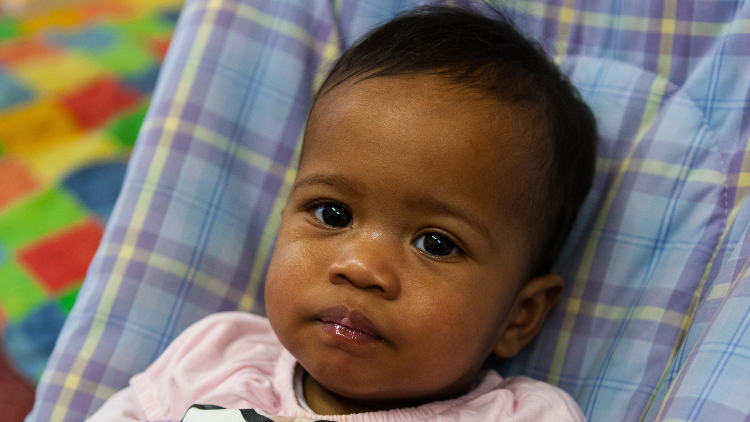Different age groups in wraparound care
Meeting the needs of different aged children in wraparound care settings requires careful planning to ensure safety, inclusion, and appropriate developmental support for all primary school age groups. Children in older year groups, such as Years 5 and 6, often benefit from increased independence and more complex, challenging activities. In contrast, younger children in Reception or Years 1 and 2 may require more supervision, support, and opportunities for play-based learning. Providing a variety of adaptable activities, tailored to the interests, developmental stages, and energy levels of different age groups, is essential.

Staffing and supervision during wraparound care
Staffing and supervision are critical considerations. Having sufficient, appropriately trained staff enables effective support for mixed-age groups. Staff should be skilled in adapting their supervision style and activity facilitation to suit the ages and abilities of the children present. While mixing age groups can offer opportunities for positive role-modelling and peer support, providers must conduct thorough risk assessments and deploy staff thoughtfully to manage any potential challenges.
Physical environment for wraparound care
The physical environment should be both safe and flexible, equipped to accommodate a range of activities that suit younger and older children alike. Furniture, equipment, and materials must be age-appropriate and regularly maintained to ensure safety. Providers should also focus on inclusion and wellbeing, making reasonable adjustments for children with special educational needs or disabilities, and being mindful of different cultural backgrounds, dietary requirements, and individual needs to ensure that all children feel welcome and valued.

Communication and planning
Effective communication with families is another key factor. By engaging regularly with parents and carers, wraparound care providers gain a better understanding of each child’s individual needs, routines, and preferences. Encouraging family feedback ensures the care provision remains relevant and responsive as children’s requirements change year to year.
Finally, policies and planning documents – such as those for safeguarding, behaviour, and health and safety – must reflect the diverse makeup of the group. Risk assessments and activity plans should be reviewed regularly to ensure they meet the needs of all children, regardless of age or ability. By approaching provision in this way, wraparound care settings can offer safe, inclusive, and engaging experiences that support the wellbeing and development of all children in their care.
